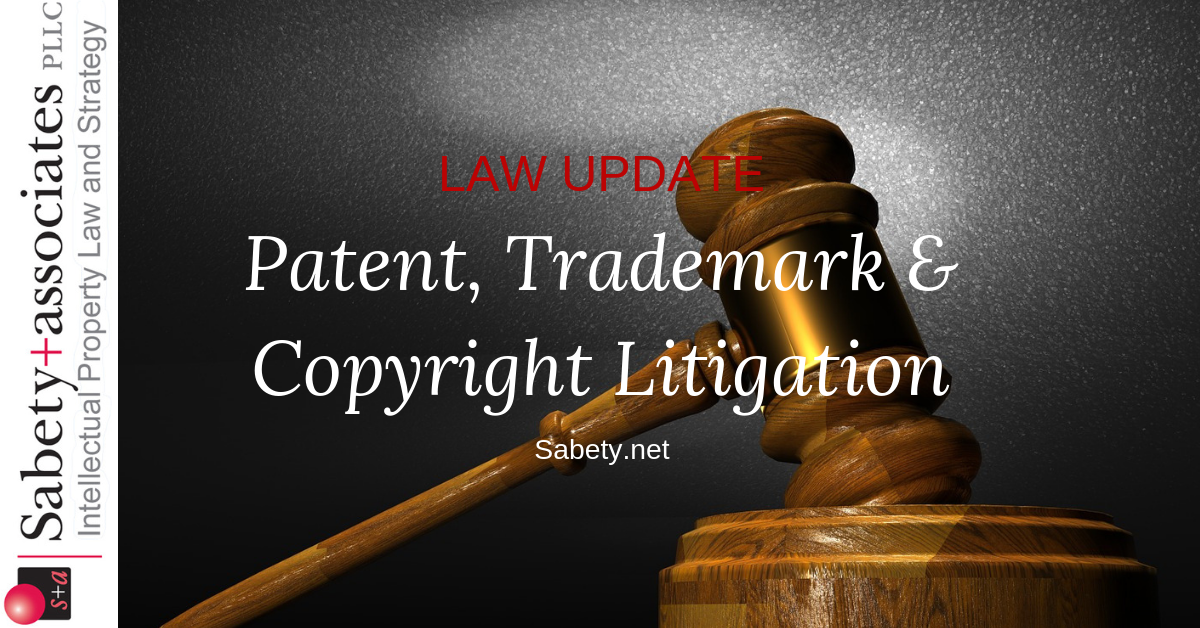U.S. Court of Appeals Federal Circuit Fine Tunes post – AIA “On Sale Bar” to Patentability:
Helsinn v. Teva ( Fed. Cir. May 1, 2017) This case is important because it further clarifies the standard (as in making more strict) when a sale of a product defeats its patentability, the so-called “on-sale bar” to patentability. This is important because it relates to the timing of development of a technology, filing a patent application on it, and first commercializing it.
First, the conclusion: it is safer to file your patent application on your invention before the product or service is commercialized at all. Here is the head-spinning detail:
The revised patent act that came into effect in March, 2013, (America Invents Act) bars patents on an “invention [that] was patented, described in a printed publication, or in public use, on sale, or otherwise available to the public before the effective filing date of the claimed invention.” 35 U.S.C. § 102(a)(1). The question the Court was faced with was whether the “on sale” prong of the test was satisfied if (i) the “sale” was “public” or (ii) did the “sale” document itself have to make the invention “available to the public.” The Court held that “after the AIA, if the existence of the sale is public, the details of the invention need not be publicly disclosed in the terms of sale” in order to bar patentability. In this case, the Court rested its opinion on the fact that the patent owner had publicly disclosed a redacted draft of the sale contract in one of its public 8-K SEC filings—hence, the sale was “public.”
The significance of this decision is that the Court side-stepped the question of whether private use or private sales were at risk. The legislative history includes this floor statement:
[S]ubsection 102(a) was drafted in part to do away with precedent under current law that private offers for sale or private uses or secret processes practiced in the United States that result in a product or service that is then made public may be deemed patent-defeating prior art. That will no longer be the case.
But no Federal Circuit decision I know of has definitively ruled that this is how the statute is interpreted—although the USPTO has taken the position that it should be. Instead, the Court in this case distinguished this statement by reasoning that the statement only applied to “private use” that is commercial, and that factual situation was not present in this case: “[t]his public use issue is not before us, and we decline to address it.”
Yet the case precedent the Court relied on for its holding in this case applied to the very pre-AIA invalidating secret processes that the floor comment above sought to address. So the Federal Circuit is in a sensitive spot: the concern is whether at some point the Federal Circuit will reject the USPTO’s interpretation of the AIA statute, which rests on the floor statements from Congress—because they are not statutory law, but merely aids in its interpretation. If it does, then ANY commercialization of an invention—private or public—before the filing date would bar patentability.
Conclusion: Future proof your patent application by filing it before any commercialization

